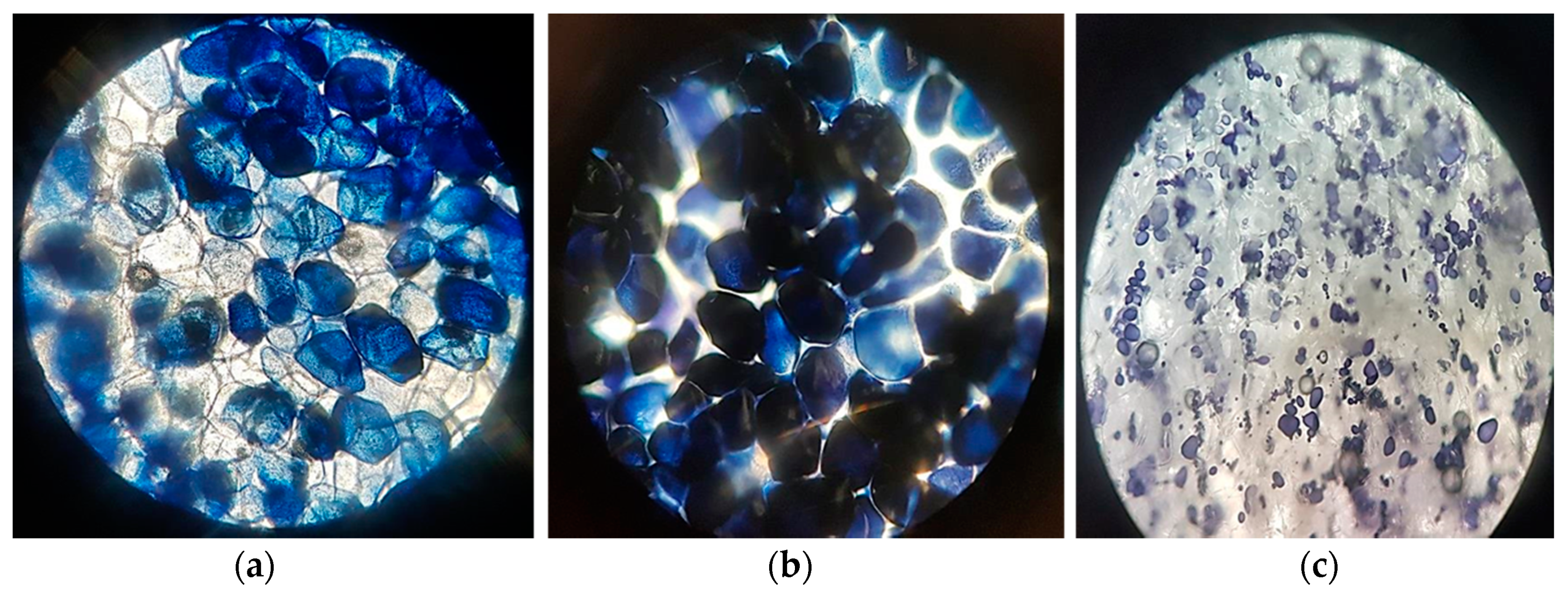3D printing and food is always an interesting topic that garners attention due to the curiosity most of us have surrounding the true viability of such technology. And while you may still be thinking about printing some flapjacks for breakfast, whipping up some chocolate, or enjoying other sweets and savories, researchers from Lebanese University in Lebanon and Universitat Politècnica de Catalunya, BarcelonaTech in Spain have been concerned with evaluating potato puree—amidst the effects of agar, alginate, butter, olive oil, and carrots.
Potato purees are often used as an additive to enhance other foods with stability, texture, and more; however, figuring out optimum rheological properties can be challenging due to variances in the way substrates and purees interact. For this study, the researchers used numerous food substrates, and added a variety of physico-chemical characteristics. Butter and oil were added also, as the researchers studied the effects on performance. These types of details are important not only for the study of human nutrition but also for knowledge in the food industry overall.
“Furthermore, butter and olive oil are considered an additional nutritional value for potato puree. Butter is rich in vitamins A, D, and E (i.e., antioxidants) and butyric acid, which has been used as a treatment for Crohn’s disease. Olive oil is abundant in polyphenol antioxidants and vitamins E and K. it lowers bad cholesterol (i.e., LDL) in the blood and boosts immunity. Other highly consumed vegetables, such as carrots, rich in pectin and beta-carotene pigment, could be integrated to form a nutrient-denser potato puree, hence, allowing for the study of its physical properties as a new combined vegetable puree,” stated the researchers.
“Also, agar and alginate were incorporated, as hydrocolloids known previously to enhance the stability and texture of potato puree, mostly at a proportion of 1%. Therefore, 1% of each of the abovementioned ingredients was incorporated in the sample preparation of potato purees for the results to be comparable.”

Microscopic images (10×) of (a) boiled potato, (b) microwaved potato, and (c) raw potato stained with Lugol’s iodine solution.
Regular potato tubers were bought from the grocery store for this study, and washed, peeled and cubed. They were then cooked in two different ways—microwaved and boiled. Olive oil, butter, alginate, and agar were added separately at 1/3 proportion to the potatoes, and each cooking treatment was prepared four times with the ingredients.
The research team used a RepRap BCN3D printer during their experiments, featuring a syringe of 100 mL and a nozzle with a 4mm diameter. Success was measured in relation to:
- Smoothness of printing (continuous without detachment)
- Self-supporting structures after printing
- Creamy surface appearance

Printed products of microwaved potato with (a) 1% alginate, (b) 1% butter, (c) 1/3 carrots, and (d) boiled potato with 1% butter.
Ultimately, the researchers found that less moisture (as found in the microwaved potatoes) allowed for better ‘starch network’ and improved rheological properties. Agar and butter enhanced properties like:
- Firmness
- Cohesiveness
- Consistency
- Viscosity
- Yield stress
- Thixotropy
While boiling of the samples did result in smooth extrusion, they also displayed ‘low textural properties’ and inferior detailed printing. Microwaves samples continued to provide smooth extrusion and allowed for shape retention of products after printing too.
“… the best printability was attained with MP + 1% butter, providing an elegant printed product with a smooth creamy surface.
“The developed 3D printed products could be assessed as key formulas for delivering innovative shapes in restaurants or hotels and widen the applicability of more nutritive personalized colorful foods for children and elderly facing mastication-swallowing problems, thus promoting healthier snacks for them,” concluded the researchers at the end of their study.
3D printing offers enormous potential for the world of food preparation as so many options are opened to us—from fabricating foods like pasta and meat to offering culinary personalization, and unlimited possibilities for preparing meals in restaurants, bakeries, hospitals, and even planes.
What do you think of this news? Let us know your thoughts! Join the discussion of this and other 3D printing topics at 3DPrintBoard.com.

Mechanical characteristics values of firmness (Kg), consistency (Kg·s), and cohesiveness (Kg) of potato tubers with different types of food additives and after being exposed to two methods of cooking microwaving (MP) and boiling (BP).
Subscribe to Our Email Newsletter
Stay up-to-date on all the latest news from the 3D printing industry and receive information and offers from third party vendors.
Print Services
Upload your 3D Models and get them printed quickly and efficiently.
You May Also Like
Reinventing Reindustrialization: Why NAVWAR Project Manager Spencer Koroly Invented a Made-in-America 3D Printer
It has become virtually impossible to regularly follow additive manufacturing (AM) industry news and not stumble across the term “defense industrial base” (DIB), a concept encompassing all the many diverse...
Inside The Barnes Global Advisors’ Vision for a Stronger AM Ecosystem
As additive manufacturing (AM) continues to revolutionize the industrial landscape, Pittsburgh-based consultancy The Barnes Global Advisors (TBGA) is helping shape what that future looks like. As the largest independent AM...
Ruggedized: How USMC Innovation Officer Matt Pine Navigates 3D Printing in the Military
Disclaimer: Matt Pine’s views are not the views of the Department of Defense nor the U.S. Marine Corps Throughout this decade thus far, the military’s adoption of additive manufacturing (AM)...
U.S. Congress Calls Out 3D Printing in Proposal for Commercial Reserve Manufacturing Network
Last week, the U.S. House of Representatives’ Appropriations Committee moved the FY 2026 defense bill forward to the House floor. Included in the legislation is a $131 million proposal for...

































